pelvic floor dyssynergia symptoms
Pelvic floor dyssynergia is known by many different names including. Excessive straining when having a bowel movement.

Bowel Dysfunction Pelvic Health Rehabilitation Center
An example of anorectal dysfunction that can contribute to constipation is a condition called Pelvic Floor Dyssynergia also referred to as anismus.
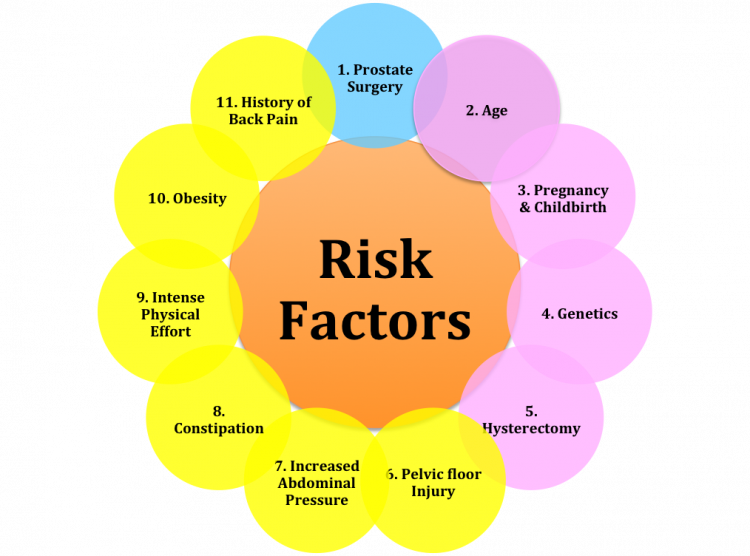
. What is pelvic Dyssynergia. Based on the principle of operant conditioning biofeedback provides auditory and visual feedback to help retrain the pelvic floor and relax the anal sphincter. In the past the understanding of DD was poor.
Resulting in 179 days absence from work school each year for the average sufferer. Treatment for pelvic floor diso. A common name for it in the past was anismus.
Pelvic floor dysfunction PFD refers to a broad constellation of symptoms and anatomic changes related to abnormal function of the pelvic floor musculature. Pelvic floor dyssynergia is not life threatening however its symptoms reduce the quality of life of those suffering. Offering a wide range of treatments including biofeedback and specialized gastrointestinal pain management techniques you can take comfort knowing that experts.
Biofeedback remains a morbidity free low-cost and effective outpatient therapy for well-motivated patients complaining of functional constipation and. This can lead to straining during a bowel movement which causes the muscles to tighten even further. Paradoxical contraction of pelvic floor muscles occurring in dyssynergia refers to an abnormal increase in pelvic floor muscle activity which hinders normal defecation or emptying.
Pelvic floor dyssynergia is a painful condition that can affect your quality of life. Although functional constipation is known to often manifest concomitant features of pelvic floor dyssynergia the nature of pelvic floor symptoms and anorectal dysfunction in non-diarrhea predominant irritable bowel syndrome is less clear. Pelvic floor dyssynergia is a condition in which the external anal sphincter and the puborectalis muscle contracts rather than relaxes during an attempted bowel movement.
Initial treatments include biofeedback pelvic floor physical therapy and medications. Subsequently several terms have been used to describe this entity including anismus 2 pelvic floor dyssynergia 3 obstructive defecation 4 paradoxical puborectalis contraction 5 pelvic outlet obstruction 6 and spastic pelvic floor syndrome. However symptoms eg digital disimpaction anal pain do not consistently distinguish patients with dyssynergia from those without 24 25.
To put it simply the pelvic floor muscles are overactive tight or non-relaxing. Thus symptoms are good predictors of transit time but poor predictors of pelvic floor dysfunction. It can result in chronic constipation.
Dyssynergic defecation is considered to be the result of pelvic floor dysfunction in that the muscles and nerves within the pelvic floor are not functioning as they should. It causes the puborectalis muscles and other muscles of the pelvic floor to become uncoordinated resulting in an inability to relax the pelvic floor. Pelvic floor dysfunction is the inability to correctly relax and coordinate your pelvic floor muscles to have a bowel movement.
There is the sensation of incomplete emptying of the rectum. Pelvic floor dyssynergia is an inability to relax the pelvic floor muscles during defecation. It is marked by the failure of pelvic floor muscles to relax or a paradoxical contraction of the pelvic floor muscles with defecation.
Pelvic Floor Dysfunction in men is often diagnosed as Prostatitis. Manual therapy of the spine and pelvic girdle. Pain in your lower back.
Anismus puborectalis dyssynergia paradoxical puborectalis obstructive defecation dyssynergic defecation pelvic outlet obstruction and pelvic floor dysfunction. In other words the muscles around the anus abnormally contract and tighten instead of relaxing allowing for the anus to open to empty. Treatment for abdomino-phrenic dyssynergia can include.
Symptoms include constipation straining to defecate having urine or stool leakage and experiencing a frequent need to pee. However in the last decade there has been compelling evidence of significant psychological distress in patients with dyssynergia and that. Less than three bowel movements per week.
Exercises to improve respiratory diaphragm and abdominal wall function and coordination. Symptoms of pelvic floor dyssynergia include. Defecatory disorders can include structural neurological and functional disorders in addition to concomitant symptoms of fecal incontinence functional anorectal pain and pelvic floor dyssynergia.
Pelvic floor dyssynergia also referred to as pelvic floor dysfunction or pelvic dyssynergia is a painful disorder that affects the muscles in the pelvic floor. Pelvic Floor Dysfunction. If the pelvic floor muscles in the rectum are too tight and unable to relax it becomes difficult for stool to be passed.
Manual therapy of the structures surrounding the diaphragm improving movement. Using your fingers to help you have a bowel movement digital evacuation Overview Causes. The disordered function corresponds to either increase activity hypertonicity or diminished activity hypotonicity or inappropriate coordination of the pelvic floor muscles.
To diagnose pelvic floor dyssynergia your GP will rule out other conditions that may be causing your symptoms such as slow-transit constipation. Stress bacteria andor inflammation can cause the pelvic floor muscles to elicit a protective response tightening of the muscles to protect against the stressor. Pelvic floor manual therapy.
Once patients with pelvic floor constipation have these basic tools they can begin retraining the pelvic floor muscles with biofeedback. This study aims to compare anorectal sensorimotor function and symptoms of patients who have non-diarrhea. Dyssynergic defecation is a health condition with difficulty passing stool due to problems with the muscles and nerves of the pelvic floor.
The hall- mark of pelvic floor dyssynergia is the contraction MRI Evaluation of Ileal PouchAnal Anasto- of the puborectalis muscle and elevation of the mosisFluoroscopic defecating pouchography an levator plate resulting in paradoxical narrowing examination of the ileal pouch has been used of the anorectal angle during attempts at. 7 Pelvic floor is a complex muscular apparatus that serves three important functions namely. These disorders greatly affect quality of life and healthcare costs.
It is important to understand that Pelvic Floor Dysfunction can occur whether prostatitis is present or not. Biofeedback training is the treatment of choice.

The Role Of Pelvic Floor Muscles In Male Sexual Dysfunction And Pelvic Pain Sexual Medicine Reviews

Dyssynergia An Overview Sciencedirect Topics
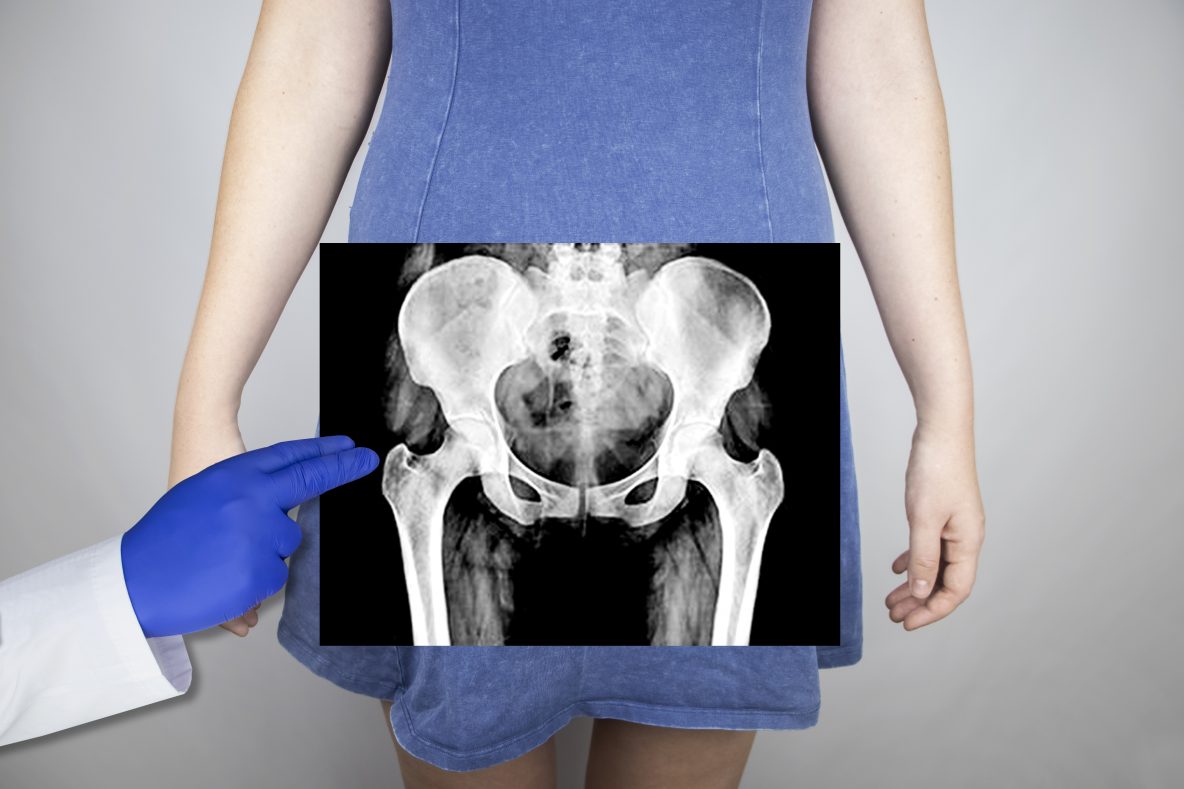
What Is Pelvic Floor Dyssynergia Advanced Gynecology

1 What Is The Most Common Cause Of Constipation A Pelvic Floor Dyssynergia B Slow Transit C Functional D Mechanical Obstruction Ppt Download
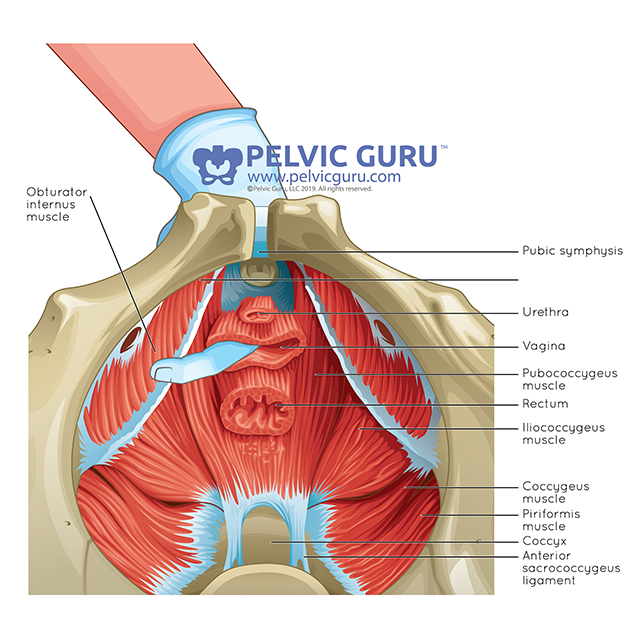
Hypertonic Pelvic Floor Causes Symptoms And Exercises For It Dr Amruta Inamdar Pelvic Floor Physical Therapy
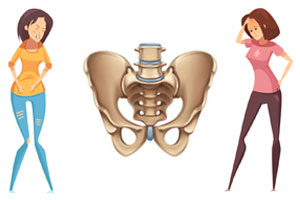
Pelvic Floor Dysfunction The Signs Symptoms And Treatments

Why Your Pelvic Floor May Be The Cause Of Your Digestive Problems

Pelvic Floor Dysfunction A Treatment Update Page 3

Abdominophrenic Dyssynergia Blog Zion Physical Therapy
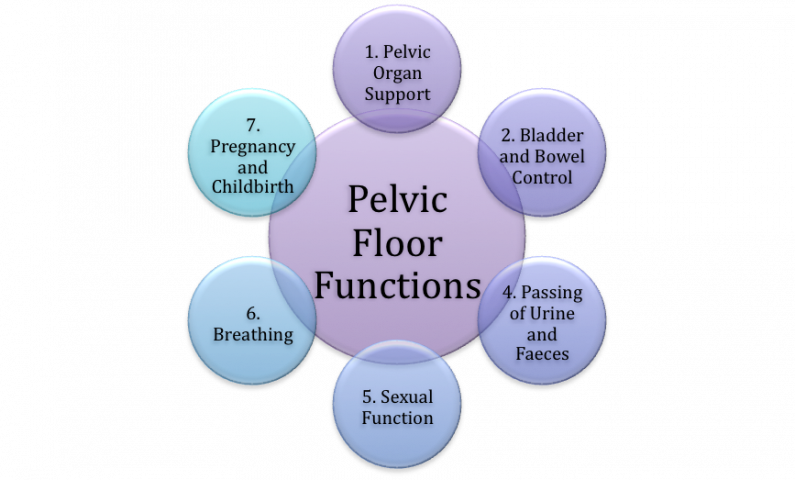
Pelvic Floor Dysfunction Physiopedia

Pdf Pelvic Floor Dysfunction And Biofeedback In The Pathophysiology And Treatment Of Constipation Semantic Scholar
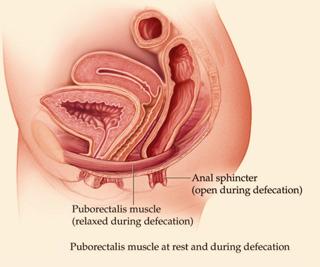
Anismus Pamela Morrison Pelvic Pain Physical Therapist P C

Dyssynergic Defecation Youtube

Pelvic Floor Dysfunction A Treatment Update Page 4

Pelvic Floor Dysfunction Gastrointestinal Society

Constipation Due To Pelvic Floor Dis Coordination

Pelvic Floor Dysfunction Physiopedia
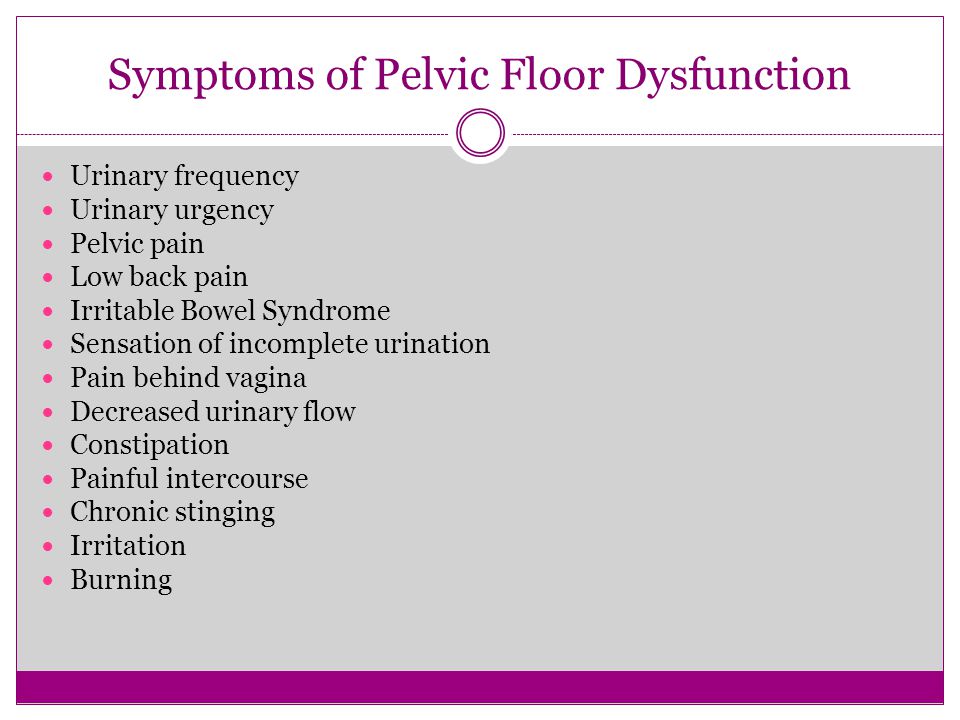
Women Understanding Preventing And Managing Pelvic Floor Dysfunction Kathleen Zonarich Pt Ppt Video Online Download
